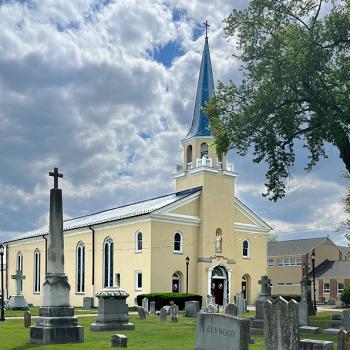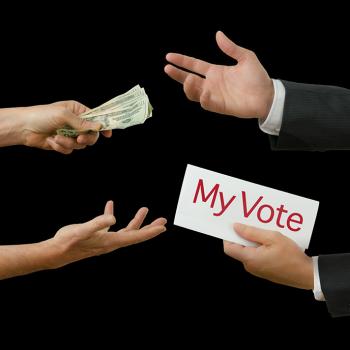“Tell me a story.” Or, “Let me tell you a story.” Possibly two of the commonest phrases in our language. When I was preparing for the final project for my doctorate, I spent time learning how societies without literacy transmitted information from generation to generation. They told stories which stayed remarkably consistent during their generational transfers. They served a societal glue–people who knew the same stories could be trusted.
Religious groups also tell stories. Similar stories hold churches together and different stories divide people. Each week, I enter into the story of a different religious group and then seek to tell it to others.
Last weekend, instead of entering into the story of a particular church, I engaged in the multiplicity of stories presented at the Denton Thin Line Film Festival.
Films are often memorable ways to tell stories. Documentaries tell those stories with particular passion. Generally the filmmaker is driven more by genuine interest than deep pockets. Few of these films will make money. Documentary filmmaking is much like writing, art, music–a tiny minority who participate in such activities ever benefit financially. But we do these things, we write books and make films and create art and music because . . . well because we would be in danger of losing our souls if we did not.
The stories I saw last week ranged from the aging and disability issues and important care given by people at the Denton State School to the agonies and ecstasies of trying out for the Kilgore Rangerettes to world-wide justice issues of poverty and war. All expanded my world and gave me reason to think differently. None left me unmoved. Unfortunately, the Sunday evening nice kept me from one I particularly wanted to see, Retno’s Refusal, but the producer, a friend of mine, is going to arrange for me to see it later.
Today, I write only of one, Camp 72, although all deserve to be seen and appreciated. Camp 72 revolves around the life of Gladys, who was 12 years old when the horrifically bloody Liberian civil war broke out. A rebel leader invaded her village and abducted Gladys, her mother, and her three younger siblings. They were held for three days without food or water.
During that time, Gladys’ mother instructed her children to say that she was not their mother if questioned. The fighter took the family under a bridge and slowly cut the mother to pieces, noting that if even one tear was shed by the children, who had done as their mother had requested, they would be next. This same man then separated Gladys from her siblings and used her as a sex slave for the next four years.
Years later, Gladys courageously testified before the Liberian Truth and Reconciliation Commission. The film showed some of the recorded testimony as this articulate–and damaged–woman spoke unflinchingly of the horrors inflicted upon her and her family. She named the rebel who had perpetrated these horrors, one of many who were named in the 2009 final report. Among other things, the report recommended justice be brought against those who had engaged in such violations and that reparations be made available to the victims.
The result today? Nothing. Although the movie spoke of the deep repentance and sorrow of some rebel fighters, Gladys’ captor lives freely in Liberia today, unrepentant and unpunished. At any point, Gladys might come face to face with him. She receives no financial support. The healing center where she lived for a while has shut down for lack of funding.
The President of Liberia, Ellen Johnson Sirleaf, was indicted as one who had supported Charles Taylor, the rebel leader and instigator of the bloody, devastating rebellion. The report recommended that she, and any others involved in the rebellion, be barred from political office for 30 years. After the issuance of the report, Johnson did apologise for her previous support of Taylor. She then said she would need to consult with her constituencies before deciding what to do about implementing the report. She has yet to act on it.
I find this fact particularly disturbing. Sirleaf is a United Methodist, and I happen to know that millions of United Methodist charitable dollars have been sent to Liberia after her plea at the 2008 General Conference in Fort Worth. I doubt that any of the donors knew that she had been a powerful supporter of the despicable Charles Taylor. I am disappointed that someone who bills herself a supporter of women’s rights has apparently ignored the female suffering going on under her nose.
Gladys’ story represents just one of many. Women tend to be particularly vulnerable to the ravages of unrestrained nastiness. It is estimated that 70% of Liberian women were raped during the years of the rebellion. The Boko Haram, which means “Western education is forbidden,” are doing the same thing in Nigeria and Chad. The Islamic Terrorists known as ISIS do the same thing to women in territories they control. Their religious stances give them permission and even mandate to destroy others in the name of their deity.
Clearly, I walked out of that movie both moved and disturbed. It leaves me asking this question, “When and how do our religious stories, which do bind us to one another, also give permission to mistreat the other in the name of our own deities?” I think this is a legitimate question that each needs to ask. Our stories shape us and give us identity and group cohesion. They provide the filters we use to make decisions about the world around us. However, they need to be examined to see if they bring good or harm to others.
[Note: a version of this article is slated to run in the
Feb 27, 2015, edition of the Denton Record Chronicle.]
















